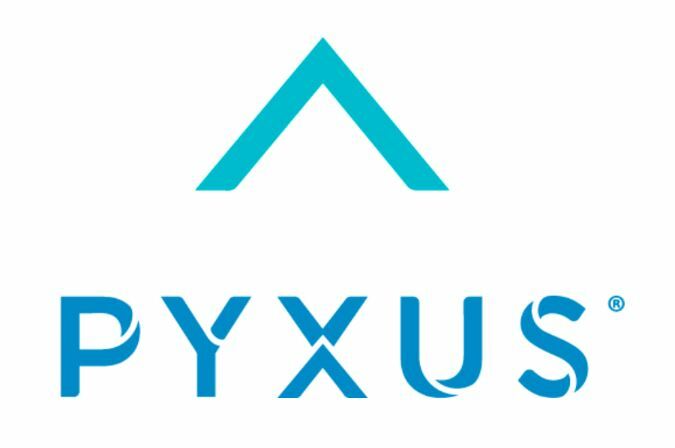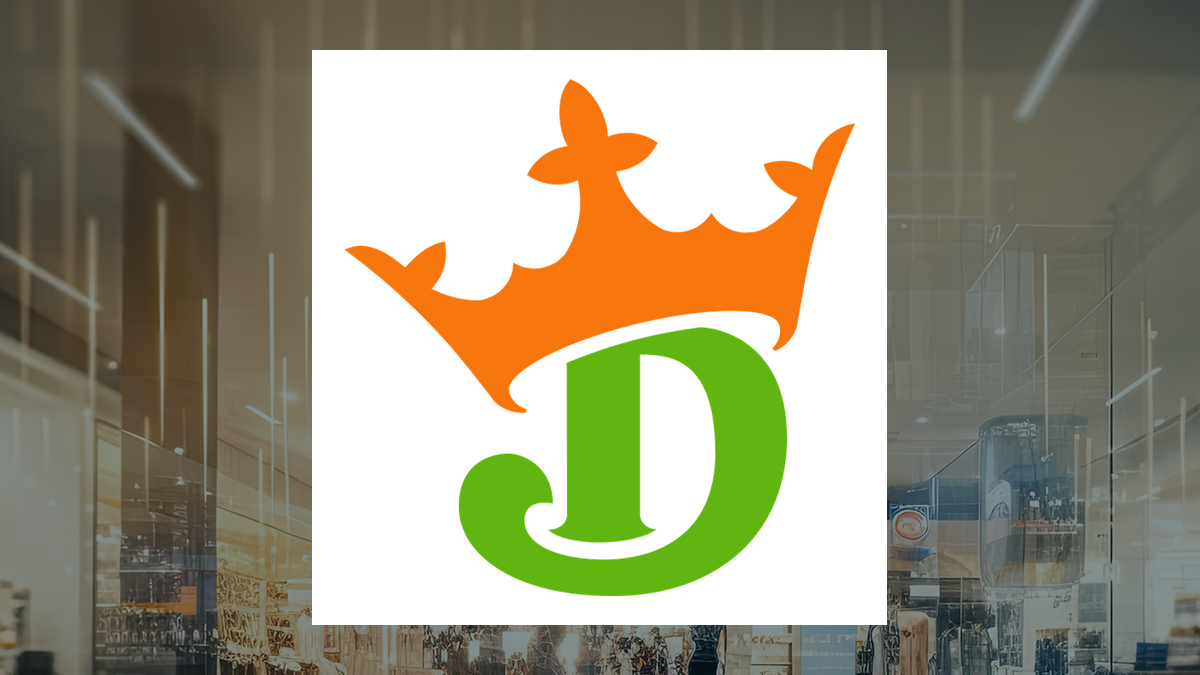
In a market buzzing with initial public offerings (IPOs) as startups chase equity capital, we decided to flip the narrative and focus on companies doing the opposite—reducing their equity capital. Using Screener, we compiled a list of stocks with shrinking equity and further narrowed it down to those rewarding shareholders through buybacks, bonus issues, and stock splits. The results are intriguing.
Recognizing that buybacks often signal efforts to enhance shareholder value, we focused on companies that reduced their share capital by drawing on reserves built from years of accumulated profits. Their primary goal: distribute these reserves to shareholders. To maintain focus on consistent capital reduction, we excluded companies that conducted only one-off buybacks in the last decade, spotlighting those that return value on an ongoing basis.
Here’s what we found: 1. Tips Music Founded in 1996, Tips Music boasts a library of over 30,000 songs spanning multiple genres and regional languages. With a market cap of 10,224 crore, the small-cap company earned all its revenue in 2024 through licensing.
It holds agreements with platforms like YouTube, Netflix, and Spotify, alongside collaborations with production houses such as Dharma Productions and Maddock Films. Broadcast partnerships with Zee, Star, Sony, and Viacom 18 further amplify its reach. In 2018 and 2019, the company sold select assets to significantly reduce debt, setting the stage for growth.
The real inflection point came post-pandemic, as licensing revenue—driven by digital platforms—catapulted operating margins from 20% in FY18 to 66% in FY24. Profits soared at a 5-year compounded annual growth rate (CAGR) of 131%. Capitalizing on this growth, Tips distributed profits through dividends and buybacks, reducing its share capital from 15 crore in FY19 to 13 crore in FY24.
Over the last five years, Tips Music's stock price skyrocketed from 6.54 to 800, posting a CAGR of 164%. A combination of stock appreciation, dividends, and buybacks delivered a 5-year Return on Equity (ROE) of 59%.
Today, the stock trades at a price-to-equity (PE) ratio of 67.2x, nearly double its 5-year PE median of 30.6x—reflecting strong profit growth and active buybacks.
However, thin trading volumes present a potential liquidity risk. 2. Tata Consultancy Services With over 55 years of experience in IT services, business, and consulting, Tata Consultancy Services (TCS) boasts a market cap of 14.
68 trillion. The company has pursued stock buybacks since 2017, steadily growing profits at a 9% CAGR over the last decade. It has also maintained a generous payout policy, distributing 80% of its cash flows as dividends since FY15.
However, TCS’s operating margin declined from 31% in FY14 to 27% in FY24, reflecting the impact of a sluggish global economy. A recovery in the global market could help revive earnings. TCS reduced its share capital from 197 crore in FY17 to 191 crore in FY18 but offset this reduction by issuing a 1:1 bonus in FY18, which nearly doubled the share capital to 375 crore in FY19.
The company resumed buybacks thereafter, bringing share capital down to 362 crore in FY24. During this period, TCS slashed its debt from 289 crore to 62 crore, and today it stands debt-free, with only lease liabilities on its books. Over the past decade, the company’s stock price climbed from 1,286 to 4,058, achieving a CAGR of 12%.
A mix of stock price appreciation, dividends, bonus issues, and buybacks generated a 10-year Return on Equity (ROE) of 40%. Currently, TCS trades at a PE ratio of 30.5x, slightly above its 10-year median of 26.
1x and higher than peers like Infosys (28.7x) and Wipro (24.2x).
While the valuation is on the higher side, TCS’s consistent buybacks and dividends suggest it can continue delivering steady returns for shareholders. 3. Avantel Ltd Founded in 1990, Avantel designs, develops, and maintains wireless and satellite communication products, defence electronics, radar systems, and network management software.
Its clientele includes key players such as the Indian Navy, ISRO, Indian Railways, Indian Air Force, DRDO, L&T, and Boeing. This small-cap stock, with a market cap of 4,081 crore, has been listed on the exchange since 1994. Avantel's turning point came in FY18 when it sold some fixed assets and used the proceeds to reduce debt.
Following this, the company’s operating profit margin increased from 22% in FY18 to 38% in FY24. Profits surged at a 5-year CAGR of 42%, fueled by a growing order book, supported by the 'Make in India' initiative for defense products and expansion into medical devices. Between 2012-2014, Avantel used profits to pay dividends and conduct share buybacks.
However, in 2022 and 2023, the company shifted focus, distributing accumulated reserves through bonus issues, which expanded its share capital from 4 crore in FY22 to 49 crore in FY24. Despite the increase in share count, the company continued to pay dividends. Over the last five years, Avantel's stock price soared from 3.
82 to 168, delivering a CAGR of 113%. A combination of stock appreciation, dividends, two bonus issues (3:1 and 2:1), and a stock split resulted in a 5-year Return on Equity (ROE) of 31%. Currently, Avantel trades at a PE ratio of 66.
0x, nearly three times its 5-year median of 21.3x. This elevated valuation reflects the impact of bonus issues that diluted earnings per share.
Although the company has not announced any buybacks for 2024, it may explore that option in the future. 4. Infosys Ltd With a market cap of 7.
76 trillion, Infosys has earned a reputation for turning shareholders into millionaires through stock splits and bonus issues. The IT services giant issued three 1:1 bonus shares in 2014, 2015, and 2018, expanding its share capital more than sevenfold—from 286 crore in FY14 to 2,170 crore in FY19. Since 2019, Infosys has actively pursued share buybacks, reducing its share capital to 2,071 crore in FY24.
Its debt levels remain minimal, limited to lease liabilities with no long-term loans. The company has grown profits steadily at a 9% CAGR over the last decade, consistently rewarding shareholders with dividends. However, its operating margin declined from 27% in FY14 to 24% in FY24, reflecting challenges from a slowdown in the U.
S. economy—its largest revenue source. Earnings are expected to rebound as the U.
S. economy stabilizes. Over the past 10 years, Infosys’s stock price climbed from 506 to 1,870, achieving a CAGR of 14%.
A combination of stock price gains, dividends, and bonus issues delivered a 10-year Return on Equity (ROE) of 27%. Currently, the stock trades at a PE ratio of 28.8x, slightly above its 10-year median of 21.
1x. While valuations are on the higher side, Infosys’s steady growth and shareholder-friendly policies suggest it remains a reliable wealth creator. 5.
Bharat Electronics Ltd Founded in 1954 under the defence ministry, Bharat Electronics Ltd (BEL) is a public sector unit that supplies a wide range of electronics to India’s defence ministry, including radars, fire control systems, missile systems, communication and C4I systems, and naval and anti-submarine warfare systems. In FY24, it secured defense orders worth 30,579 crore. BEL has also diversified into non-defence sectors such as space, railways, network and cybersecurity, with an additional order book of 4,019 crore from these segments.
With a market cap of 1.97 trillion, BEL has been listed on the exchange since 1993. It has maintained a debt-free status since FY13, except for minimal debt between FY15 and FY18.
Its primary liabilities consist of customer advances for executing orders. Over the past decade, the company’s sales have grown at a CAGR of 12%, with operating margins rising from 14% in FY14 to 25% in FY24. BEL has consistently rewarded shareholders by distributing profits through dividends and bonus issues.
Key bonus issuances included 2015 (2:1), 2017 (1:10), and 2022 (2:1), increasing share capital from 80 crore in FY14 to 731 crore in FY24. A 1:10 stock split in 2017 further expanded its share count, but the company maintained regular dividend payouts. While it conducted buybacks in 2016 and 2018, bonus issues remain its primary vehicle for shareholder returns.
BEL’s stock price has surged from 2.54 to 270 over the last 10 years, delivering a CAGR of 29%. Stock price appreciation, dividends, bonus issues, and the stock split resulted in a 10-year Return on Equity (ROE) of 20%.
Currently, the stock trades at a PE ratio of 43.5x, slightly above its 10-year median of 23.8x.
With ample reserves at its disposal, BEL is well-positioned to continue delivering returns through multiple avenues. Conclusion Three of the five companies have actively reduced share capital through buybacks. While Tips Music focused solely on buybacks to deploy reserves and shrink capital, others combined buybacks with bonus issues, which expanded their share capital.
Their strong balance sheets, consistent profit growth, and solid management have positioned these companies as long-term wealth creators. It remains to be seen how much more value these stocks can unlock for shareholders in the years ahead..














